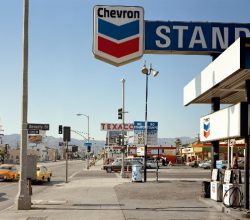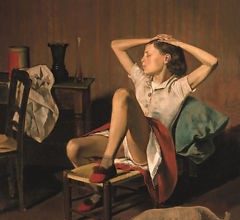
Artifacts from the Now: Stephen Shore’s MoMA retrospective
Lev Feigin | Lens Culture | 1st December 2017
A key idea behind Pop art was to depict everyday reality, unprettified. Having hung around Warhol’s ‘factory’ in New York it was natural that Shore would bring this radical aesthetic into his photography. He helped create a “new photographic vernacular: a flat, deadpan aesthetic that thrives on the deliberate blandness of its subject matter and a rejection of artistic conventions.”




